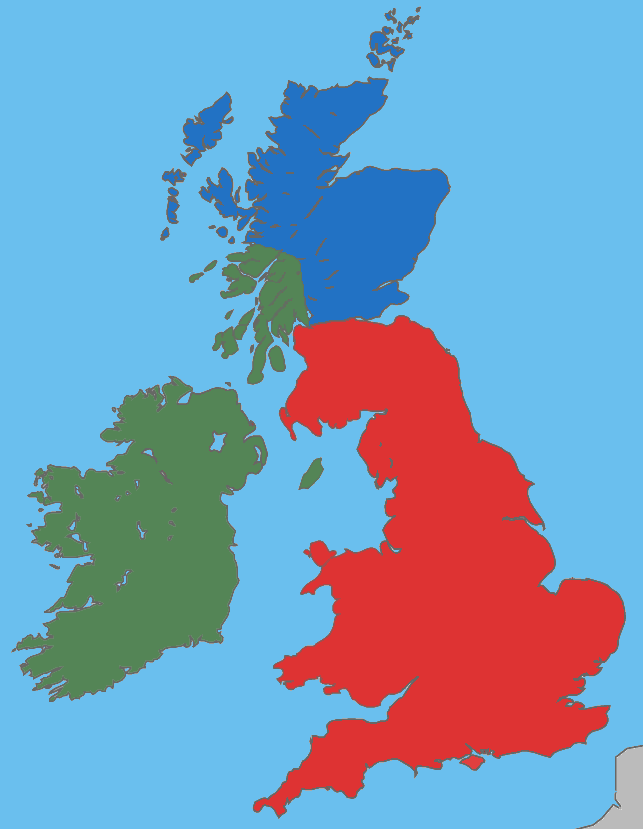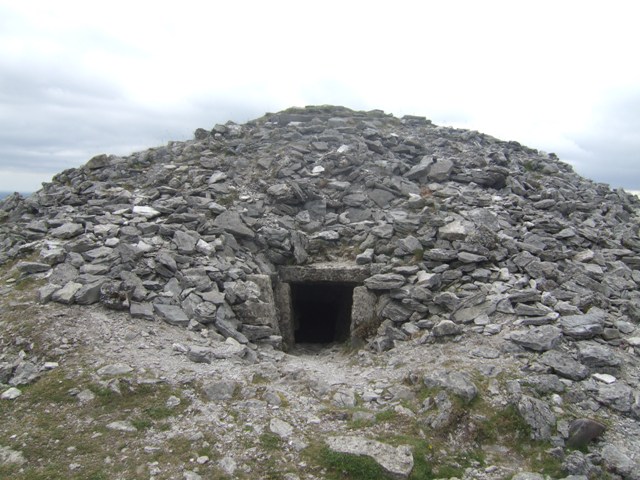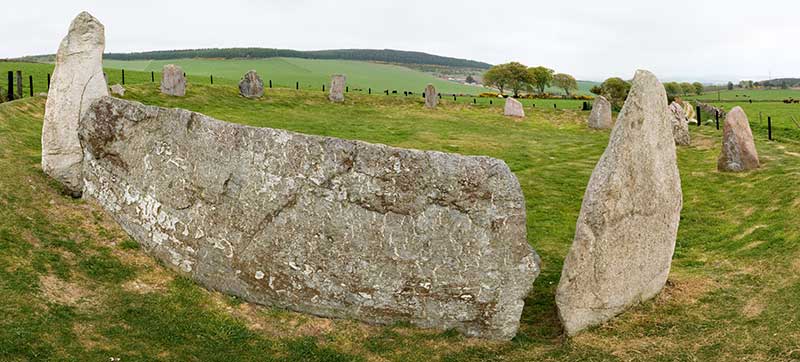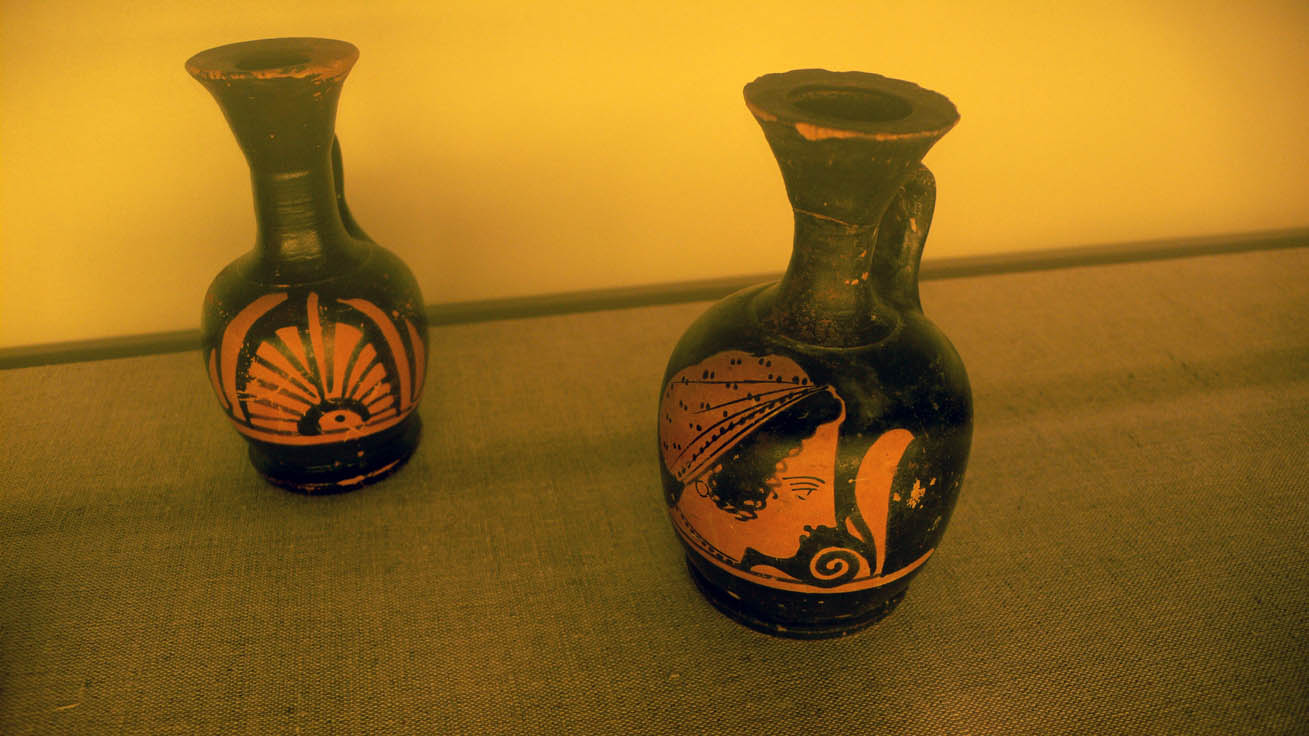|
North Uist
North Uist (; ) is an island and community in the Outer Hebrides of Scotland. Etymology In Donald Munro's ''A Description of the Western Isles of Scotland Called Hybrides'' of 1549, North Uist, Benbecula and South Uist are described as one island of ''Ywst'' (Uist). Starting in the south of this 'island', he described the division between South Uist and Benbecula where "the end heirof the sea enters, and cuts the countrey be ebbing and flowing through it". Further north of Benbecula he described North Uist as "this countrey is called Kenehnache of Ywst, that is in Englishe, the north head of Ywst".''A Description of the Western Isles of Scotland Called Hybrides''; Monro, Donald, 1549 Some have taken the etymology of Uist from Old Norse, meaning "west", much like Westray in Orkney. Another speculated derivation of Uist from Old Norse is ', derived from ' meaning "an abode, dwelling, domicile". A Gaelic etymology is also possible, with ' meaning "Crossings-island" or "Fords-isl ... [...More Info...] [...Related Items...] OR: [Wikipedia] [Google] [Baidu] |
Lochmaddy
Lochmaddy ( , "Loch of the Hounds") is the administrative centre of North Uist in the Outer Hebrides, Scotland. ''Na Madaidhean'' (the wolves/hounds) are rocks in the bay after which the loch, and subsequently the village, are named. Lochmaddy is within the parish of North Uist. Geography Lochmaddy lies on the sea loch of that name and, due to the rocky nature of the coast, is the only settlement of any size on the east coast. Most of the island's settlements are on the west coast. Lochmaddy is at the eastern end of the A865 and close to the eastern end of the A867; these are the only two main roads on the island. History Virtually the first mention anywhere of Lochmaddy is a complaint of "piracie and murder" in a report dated 1616: "Lochmaldie on the coast of Uist is a rendezvous for pirates" it said. The coves and inlets around the village were ideal hiding places for raiding ships stocked with fine goods bound for the clan chiefs of the time, and contraband activity persiste ... [...More Info...] [...Related Items...] OR: [Wikipedia] [Google] [Baidu] |
Goidelic Languages
The Goidelic ( ) or Gaelic languages (; ; ) form one of the two groups of Insular Celtic languages, the other being the Brittonic languages. Goidelic languages historically formed a dialect continuum stretching from Ireland through the Isle of Man to Scotland. There are three modern Goidelic languages: Irish ('), Scottish Gaelic ('), and Manx ('). Manx died out as a first language in the 20th century but has since been revived to some degree. Nomenclature ''Gaelic'', by itself, is sometimes used to refer to Scottish Gaelic, especially in Scotland, and therefore is ambiguous. Irish and Manx are sometimes referred to as Irish Gaelic and Manx Gaelic (as they are Goidelic or Gaelic languages), but the use of the word ''Gaelic'' is unnecessary because the terms Irish and Manx, when used to denote languages, always refer to those languages. This is in contrast to Scottish Gaelic, for which "Gaelic" distinguishes the language from the Germanic language known as Scots. In Englis ... [...More Info...] [...Related Items...] OR: [Wikipedia] [Google] [Baidu] |
Bronze Age
The Bronze Age () was a historical period characterised principally by the use of bronze tools and the development of complex urban societies, as well as the adoption of writing in some areas. The Bronze Age is the middle principal period of the three-age system, following the Stone Age and preceding the Iron Age. Conceived as a global era, the Bronze Age follows the Neolithic, with a transition period between the two known as the Chalcolithic. The final decades of the Bronze Age in the Mediterranean basin are often characterised as a period of widespread societal collapse known as the Late Bronze Age collapse (), although its severity and scope are debated among scholars. An ancient civilisation is deemed to be part of the Bronze Age if it either produced bronze by smelting its own copper and alloying it with tin, arsenic, or other metals, or traded other items for bronze from producing areas elsewhere. Bronze Age cultures were the first to History of writing, develop writin ... [...More Info...] [...Related Items...] OR: [Wikipedia] [Google] [Baidu] |
Barpa Langass
Barpa Langass or Langass Barp ( ) is a Neolithic chambered cairn on the Isle of North Uist in the Outer Hebrides of Scotland. It measures around 22 meters in diameter by 5.5 meters in height, and is around 5,000 years old. The roof is constructed of two massive slabs with a third slab superimposed. The entrance is at the east side. Although the structure has partially collapsed, it is still possible to enter one chamber. The antiquary Erskine Beveridge believed that a second and perhaps a third chamber exist. In or prior to 1911, Dr Beveridge excavated within and near the cairn, and he found evidence of burnt burials as well as pieces of pottery (some with patterned lines), wood ashes, burnt bones, a flint arrowhead, a scraper, and a piece of pierced talc. Barpa Langass can be reached via footpath from the A867 about 5 miles southwest of Lochmaddy. Alternatively, one can park at the Langass Lodge Hotel, follow the footpath to the Pobull Fhinn stone circle, and then continue up ... [...More Info...] [...Related Items...] OR: [Wikipedia] [Google] [Baidu] |
Burial Cairn
A cairn is a human-made pile (or stack) of stones raised for a purpose, usually as a marker or as a burial mound. The word ''cairn'' comes from the (plural ). Cairns have been and are used for a broad variety of purposes. In prehistory, they were raised as markers, as memorials and as burial monuments (some of which Chambered cairn, contained chambers). In the modern era, cairns are often raised as landmarks, especially to mark the summits of mountains, and as Trail blazing, trail markers. They vary in size from small piles of stones to entire artificial hills, and in complexity from loose conical rock piles to elaborate megalithic structures. Cairns may be painted or otherwise decorated, whether for increased visibility or for religious reasons. History Europe The building of cairns for various purposes goes back into prehistory in Eurasia, ranging in size from small rock sculptures to substantial human-made hills of stone (some built on top of larger, natural hills). ... [...More Info...] [...Related Items...] OR: [Wikipedia] [Google] [Baidu] |
Pobull Fhinn
Pobull Fhinn ( ) is a stone circle on the Isle of North Uist in the Outer Hebrides. The name is Gaelic. The first word has been variously spelt as ''pobull'', ''poball'', ''pobul'' or as plural ''pobuill''. The phrase can be translated as "Fionn's people", "the white/fair people", or "Finn's tent". The plural form ''Pobuill Fhinn'' can be translated as "Fionn's peoples" and is unlikely to be correct. The stones were probably named after the legendary Gaelic hero Fionn mac Cumhaill known in English as Finn or Fingal. The present title may constitute a modern rationalisation of a word now obsolete in colloquial Scottish Gaelic: ''Pùball Fhinn'' ("Fionn's tent") was a common phrase in the ancient Fenian cycle of Gaelic lore and indicated his nomadic residence. The stones are also known as ''Sòrnach Coir' Fhinn'', or "the fireplace of Fionn's cauldron" and locally as ''Sòrnach a' Phobaill'' ("the fireplace of the People"). The former name is similar to that of ''Sòrnaichean ... [...More Info...] [...Related Items...] OR: [Wikipedia] [Google] [Baidu] |
Stone Circle
A stone circle is a ring of megalithic standing stones. Most are found in Northwestern Europe – especially Stone circles in the British Isles and Brittany – and typically date from the Late Neolithic and Early Bronze Age, with most being built between 3300 and 2500 BC. The best known examples include those at the henge monument at Avebury, the Rollright Stones, Castlerigg, and elements within the ring of standing stones at Stonehenge. Scattered examples exist from other parts of Europe. Later, during the Iron Age, stone circles were built in southern Scandinavia. The archetypical stone circle is an uncluttered enclosure, large enough to congregate inside, and composed of megalithic stones. Often similar structures are named 'stone circle', but these names are either historic, or incorrect. Examples of commonly misinterpreted stone circles are ring cairns, burial mounds, and kerb cairns. Although it is often assumed there are thousands of stone circles across the Br ... [...More Info...] [...Related Items...] OR: [Wikipedia] [Google] [Baidu] |
Neolithic
The Neolithic or New Stone Age (from Ancient Greek, Greek 'new' and 'stone') is an archaeological period, the final division of the Stone Age in Mesopotamia, Asia, Europe and Africa (c. 10,000 BCE to c. 2,000 BCE). It saw the Neolithic Revolution, a wide-ranging set of developments that appear to have arisen independently in several parts of the world. This "Neolithic package" included the History of agriculture, introduction of farming, domestication of animals, and change from a hunter-gatherer lifestyle to one of sedentism, settlement. The term 'Neolithic' was coined by John Lubbock, 1st Baron Avebury, Sir John Lubbock in 1865 as a refinement of the three-age system. The Neolithic began about 12,000 years ago, when farming appeared in the Epipalaeolithic Near East and Mesopotamia, and later in other parts of the world. It lasted in the Near East until the transitional period of the Chalcolithic (Copper Age) from about 6,500 years ago (4500 BCE), marked by the development ... [...More Info...] [...Related Items...] OR: [Wikipedia] [Google] [Baidu] |
Ibiza
Ibiza (; ; ; #Names and pronunciation, see below) or Iviza is a Spanish island in the Mediterranean Sea off the eastern coast of the Iberian Peninsula. It is 150 kilometres (93 miles) from the city of Valencia. It is the third largest of the Balearic Islands in area, but the second-largest by population. Its largest settlements are Ibiza Town (, or simply ), Santa Eulària des Riu, and Sant Antoni de Portmany. Its highest point, called Sa Talaiassa (or Sa Talaia), is above mean sea level, above sea level. Ibiza is well known for its nightlife and electronic dance music club scene in the summer, which attract large numbers of tourists. The island's government and the Spanish Tourist Office have worked toward promoting more family-oriented tourism. Ibiza is a UNESCO World Heritage Site. Ibiza and the nearby island of Formentera to its south are called the Pine Islands, or "Pityusic Islands, Pityuses". Names and pronunciation In standard British English, the name is usually ... [...More Info...] [...Related Items...] OR: [Wikipedia] [Google] [Baidu] |
Ptolemy
Claudius Ptolemy (; , ; ; – 160s/170s AD) was a Greco-Roman mathematician, astronomer, astrologer, geographer, and music theorist who wrote about a dozen scientific treatises, three of which were important to later Byzantine science, Byzantine, Islamic science, Islamic, and Science in the Renaissance, Western European science. The first was his astronomical treatise now known as the ''Almagest'', originally entitled ' (, ', ). The second is the ''Geography (Ptolemy), Geography'', which is a thorough discussion on maps and the geographic knowledge of the Greco-Roman world. The third is the astrological treatise in which he attempted to adapt horoscopic astrology to the Aristotelian physics, Aristotelian natural philosophy of his day. This is sometimes known as the ' (, 'On the Effects') but more commonly known as the ' (from the Koine Greek meaning 'four books'; ). The Catholic Church promoted his work, which included the only mathematically sound geocentric model of the Sola ... [...More Info...] [...Related Items...] OR: [Wikipedia] [Google] [Baidu] |








